„Adelboden-Lenk... dänk!“
glaub, meini, schiins, denk als Faktizitäts- und Evidentialitätspartikeln
DOI:
https://doi.org/10.13092/lo.98.5934Abstract
This paper deals with four particle-like entities which emerged from clauses, namely glaub (from glaubi/i glaub’s ‘I believe [it]’), meini (from meini ‘I mean’), schiins (from schiint’s ‘it seems’) and denk (from denki/i denk’s ‘I think [it]’). They contain a meta-communicative function insofar as they express the speaker’s epistemic position. Based on evidence from different corpora it is argued that the category of modal particles accounts only superficially for the functionality of these entities. It would be more precise to distinguish between a particle, with which the speaker focusses on the factuality of the statement (glaub), and three particles, which focus on its evidentiality by referring to a source of information. The particle meini brings into play a personal (sensory) perception, schiins can function as hearsay-evidential, and denk conveys that the utterance is based on the speaker’s considerations. The particulisation of former clauses is understood as a grammaticalisation in progress, thereby touching on a semantic domain, which is otherwise expressed with lexemes (angeblich ‘allegedly’) and periphrases (allem Anschein nach ‘apparently’).


